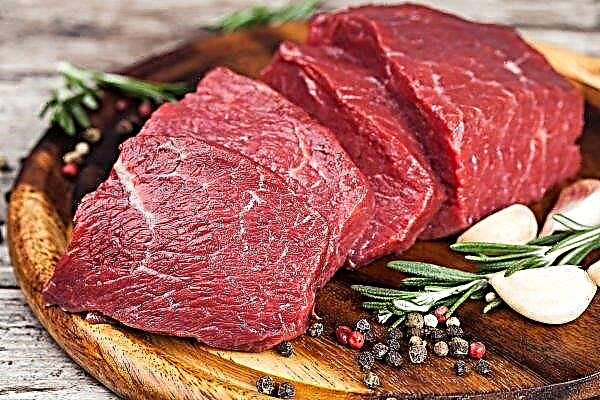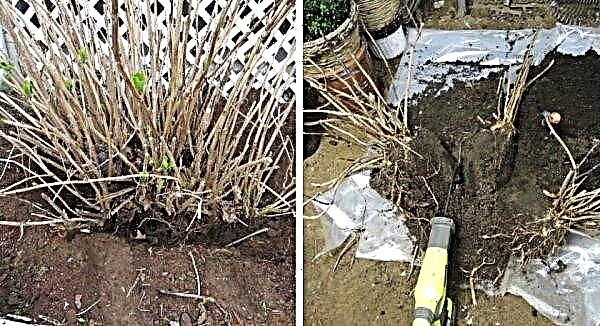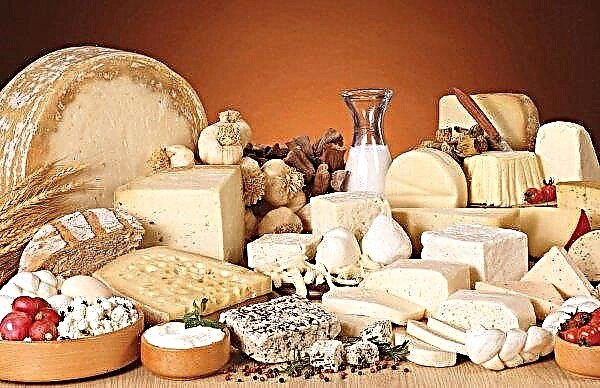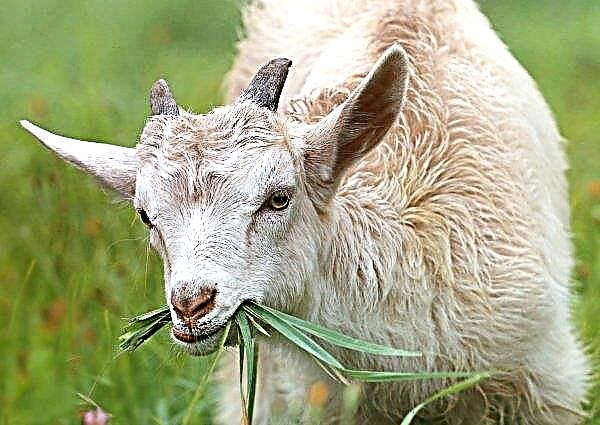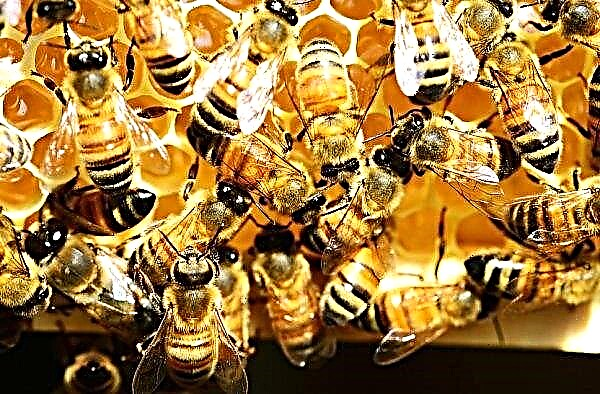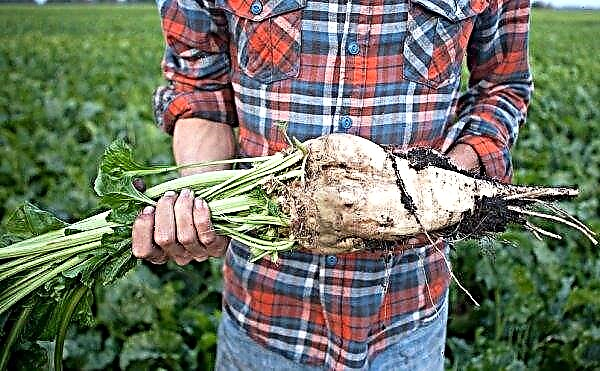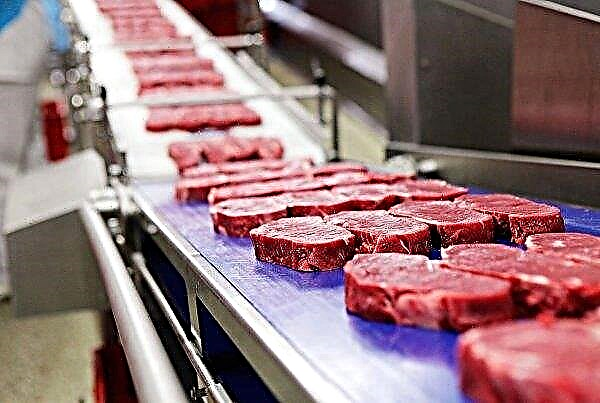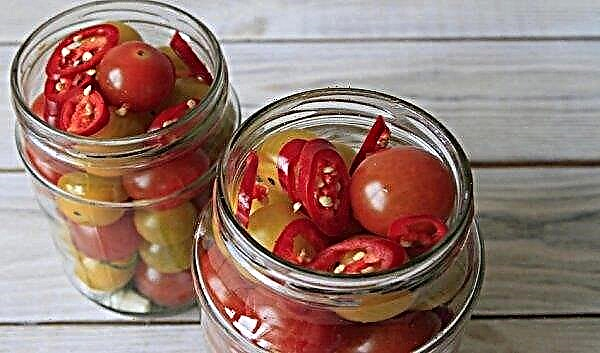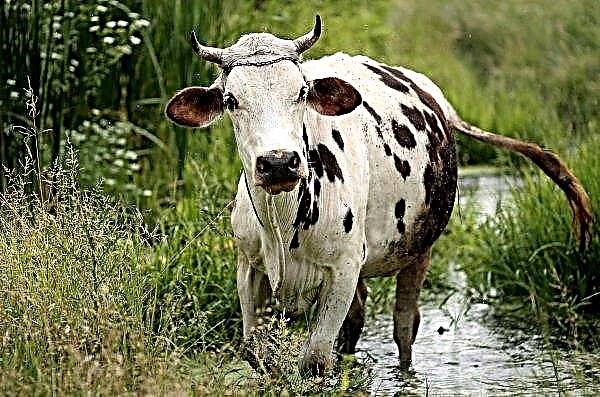A lawn is a plot of land with artificially grown grass. Seeds of specially selected herbs are sown in pre-prepared soil. At the site where they plan to break the lawn, remove all weeds and level the surface, removing mounds and pits. Now rolled lawns have appeared, they are very convenient in that the grass does not need to be sown. Cut layers of turf are sold in rolls that are easy to stack on the site, after which they need to be watered, sheared and aerated.
What is aeration and what is it for?
Aeration - natural ventilation of the soil, filling it with air and oxygen. Puncturing the soil on the lawn is very important, since its top layer, called turf, coalesces and prevents the penetration of vital components (air, water, oxygen) and other nutrients to the roots. As a result, the grass begins to grow more slowly, islands with dried turf form on the lawn and moss appears. To avoid this, carry out aeration. The soil is pierced with a pitchfork or other devices, providing access of air and moisture to the root system.

How many times per season and when to spend
Soil aeration must be carried out annually, at least once. A favorable time for ventilation by piercing the soil is considered spring or early autumn, but in some cases this procedure may be needed more often. If, for example, the summer is too dry, or vice versa, rainy, you have to make a puncture of the soil to improve the flow of air and moisture into the drought, or to dry the excess moisture during heavy rains. In addition, the reason for the procedure may be the appearance on the lawn of areas where the grass is too trampled, yellowed, or moss began to grow.
Important! Two days before aeration, the lawn must be well watered so that the earth becomes softer.
How often ventilation should be carried out depends on several factors. Aeration is carried out 2-3 times a year if:
- Sports lawn. There is a big load on such a lawn, it is constantly trampled down.
- There are bad weather conditions that adversely affect grass growth. In severe droughts, additional ventilation improves the flow of air and moisture to the roots. Frequent precipitation, on the contrary, leads to stagnation of water, and soil puncture is required to dry excess moisture.
- The lawn partially began to become covered with yellowed grass or moss.
- Clay soil. It is pressed much faster, and therefore requires additional aeration.
The time of the procedure is determined depending on the variety of grass. If the lawn consists of bluegrass and fescue, then it is carried out in the fall, as these herbs love the cool late season. A lawn consisting of Bermuda grass is aerated in the spring, as it loves warmth. You can also determine the need for soil for aeration by cutting a small piece of grass and examining the root system. The roots should be long and well developed: if they are small, it means that there is not enough oxygen in the soil and the procedure must be carried out immediately.

Aeration Methods
There are several options for aeration: cracking, conventional piercing, scarification, verticulation. All of them are able to improve the condition of the lawn and restore its attractive appearance, but each method has its own characteristics.
Cracking
Aeration of the soil by the sizing method consists in the fact that the puncturing is done with devices specially designed for this purpose, which cut grooves up to 10 cm deep. This is the most effective method of piercing, as during the procedure, cracks form around the grooves, as a result of which the surface loosens and is saturated with air.

Conventional piercing
In this case, the soil is simply pierced with sharp pins without removing the soil. Conventional piercing is considered the most inefficient method of aeration, since the walls of the wells remain dense. To make this procedure more useful, it is necessary to use a tool with minimally thin teeth, and pierce as many holes as possible, changing the angle of their inclination.

Scarification
This procedure is carried out before aeration. Its purpose is to remove old dried grass, leaves, moss and other garbage from the lawn. In the process of scarification, thick impenetrable turf is thinned out, light loosening is carried out, and soil is cut to ensure the flow of air and moisture to the roots. Scarification is carried out twice a year - in spring and autumn, regardless of how many times aeration is done.

Verticulation
It is carried out on heavy soils (for example, clay chernozem) or on old neglected lawns, where purification and ventilation have not been carried out for a long time. According to the principle of carrying out, the circulation is similar to scarification, but it is carried out more thoroughly and the depth of penetration of the pins into the soil is greater.

Aeration Tools
The most common and frequently used tools for piercing the soil are forks and rakes, as everyone has them. In addition to them, there are other devices: sandals and rollers with spikes, mechanical, electrical, gasoline verticutters and scarifiers. Of course, working with machines is much more convenient and simple, but they are not cheap, so if you don’t have the money to buy a scarifier or verticutter, you can easily manage the means at hand that every gardener and gardener have.
Did you know? The ancient Roman emperor Claudius Caesar (41-54 AD), tried as often as possible to work in the garden, doing, speaking in a modern, landscape design. He especially liked roses, which he grew in large quantities.
Automatic devices
These include electrical and gasoline devices. The electric aerator is a spiked wheel driven by an electric motor. He has several drawbacks. This device is powered by electricity and a cord is constantly reaching for it, plugged into an outlet to power it - this is very inconvenient, especially if the lawn is located far from the mains. Another drawback is that the apparatus, powered by electricity, quickly heats up and it needs to be allowed to cool.
There are different types of electric aerators. Those that are cheaper are not equipped with a grass catcher - all dry grass remains on the lawn and must be collected manually. There are electrical units that perform two operations at once, scarification and aeration. They are equipped with two interchangeable shafts: on one are the spokes, on the second - mills.

There are battery devices, but in this case, not everything is as good as it might seem. Of course, the electric cord does not reach behind them, but the battery that produces the necessary electricity is designed for a certain period of continuous operation, after which it must be charged. When buying such a unit, you must pay attention to the capacity of its battery.
A gasoline engine is more powerful than an electric one, but costs significantly more. Its advantage over an electric unit is that it is autonomous and its performance is higher. But during operation, the gasoline unit is noisier.
When choosing a model of an automatic device, the following characteristics should be taken into account:
- power and motor resource;
- case material (it should be made of durable plastic);
- the presence and size of the grass catcher;
- the presence of an adjustable handle;
- what metal the cutters are made of (should be made of high quality steel) and how securely they are fixed.
Pitchfork
If there are no special tools for aeration, you can use ordinary forks. They pierce the earth to a depth of 10 cm, this is quite enough. But aeration with a pitchfork is only possible on lawns of a small area, since this method takes a lot of time and effort.

Sandals
Another fairly simple and affordable device for piercing - sandals with vertical spikes. They are put on their feet and walk on the lawn, leaving punctures. But this method, as well as aeration with a pitchfork, is suitable only for small areas, because walking in them is difficult and your legs will quickly get tired.
 You should not aerate in extreme heat, otherwise you can not help the lawn get an attractive look, but rather ruin it completely.
You should not aerate in extreme heat, otherwise you can not help the lawn get an attractive look, but rather ruin it completely.
What to do after aeration
Immediately after the procedure, the lawn is left to dry. If necessary, its surface is rolled with a roller for leveling, then sprinkled with sand, mulched and fertilized.
Dry sand is used for sanding. Such a procedure allows you to level the surface of the soil, improves its structure, improves permeability, increases shear strength. For mulching the lawn, different mixtures are used, depending on the composition of the soil. They mainly consist of sand, peat and fertile soil. All components are taken in equal proportions, sometimes they also add leaf humus. This procedure helps maintain moisture and reduces weed germination.
Did you know? The concept of "landscape design" or "landscape architecture" arose only 200 years ago. However, this art itself originated three thousand years ago in ancient China.
Fertilizers for lawn should be selected taking into account seasonality. Fertilizers used in spring and summer contain a lot of nitrogen - it is necessary for better grass growth. And in the autumn feeding, phosphorus and potassium predominate, they strengthen the roots and increase the resistance of the grass to cold.

Proper care and timely aeration allow you to make the lawn smooth and beautiful, reduce the likelihood of diseases and the appearance of bald patches. Of course, aeration is not enough to keep the lawn green and dense, it is necessary to water, irrigate and mow it. Caring for it takes a lot of time and effort, but the result is worth it. A beautifully maintained lawn is an integral part of landscape design.


